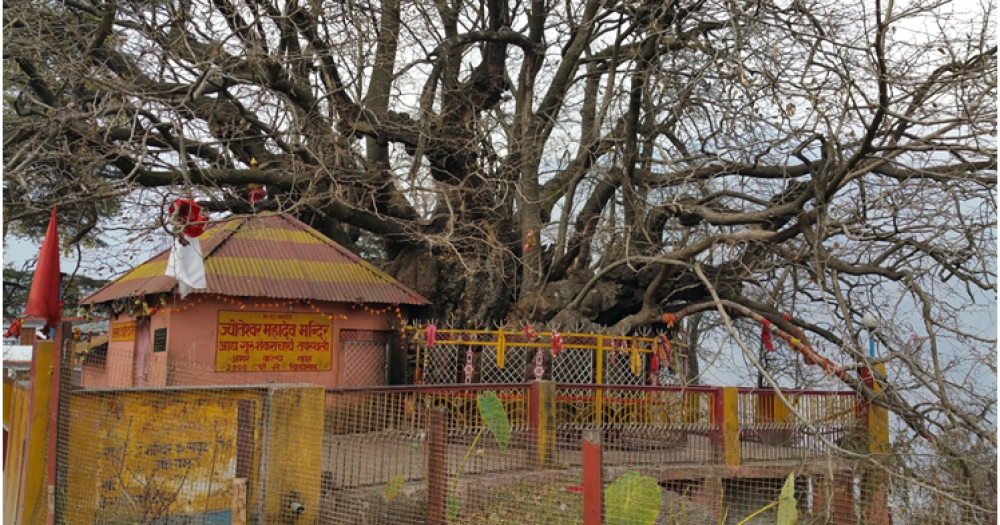

The Kalpavriksha in Joshimath is not only a significant religious symbol but also an integral part of the tourism tapestry of Uttarakhand, India. Rooted in ancient Hindu mythology, the Kalpavriksha is believed to be an immortal tree, fulfilling wishes of those who pray to it. The tree in Joshimath is said to be more than 1,200 years old, making it an essential stop for pilgrims and tourists alike.
The history of the Kalpavriksha at Joshimath is deeply intertwined with the sage Adi Shankaracharya, who is credited with establishing four monasteries (Maths) across India. Joshimath is one of these four 'Maths' and one of the most sacred places in Hinduism. The Kalpavriksha itself plays a central role because it is beneath this tree that Adi Shankaracharya is said to have meditated and established the Joshimath Math in the 8th century CE.
Over the years, the Kalpavriksha has become a vital symbol of divinity and spirituality, drawing visitors beyond religious boundaries to witness its grandeur and seek blessings. The tree is a lush and vibrant pipal (Ficus religiosa) that is still alive and continues to be a living testimony to the region's rich spiritual history.
Tourism in Joshimath began to develop significantly in tandem with the rise of religious pilgrimage in India and the growing interest in the Himalayan region's natural beauty. As roads and infrastructure improved over the 20th century, accessibility to remote locations like Joshimath increased, contributing to the rise in tourist numbers.
Joshimath serves as a base camp for trekkers heading towards various Himalayan expeditions and also provides a pitstop for pilgrims traveling to the sacred shrines of Badrinath and Hemkund Sahib. Consequently, the Kalpavriksha became not only a destination for religious tourists but also adventure travelers and nature enthusiasts seeking to explore the greater region of the Indian Himalayas.
Today, the Kalpavriksha is a protected heritage tree. It is housed within a temple complex adjacent to the shrine of Shri Shankaracharya, making it easily accessible for visitors. People come from all over to catch a glimpse and offer their prayers, although the emphasis on environmental sustainability and preservation is stronger than ever to ensure the longevity of this precious legacy.
Modern tourism trends in the area of Joshimath align with the broader trends in ecotourism and sustainability. Tour operators often combine visits to the Kalpavriksha with treks, cultural tours, and yoga retreats to provide a holistic experience of the region. There is also a greater focus on responsible tourism practices to minimize the impact on the natural and cultural environments.
Joshimath, including the ancient Kalpavriksha, continues to uphold its heritage while adapting to modern tourism demands. The balance between development, conservation, and spiritual reverence remains a top priority for local authorities, ensuring that the Kalpavriksha will be admired for generations to come. As tourism evolves, preserving this profound piece of history remains a central goal for the community and the nation.